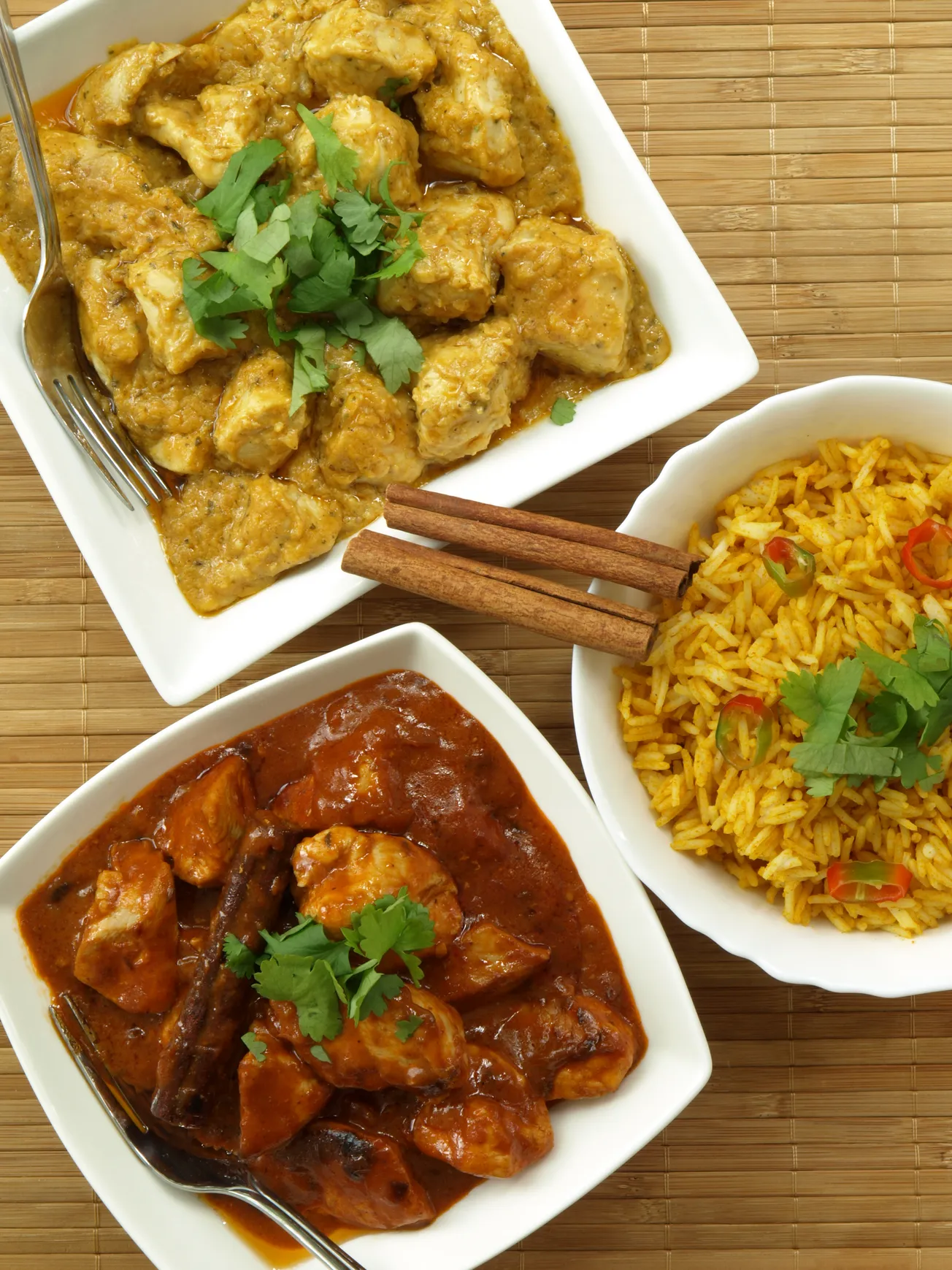Table of Contents
Introduction to Indian Food
Indian cuisine is a vibrant tapestry of flavors, colors, and aromas, reflecting the country's rich cultural heritage and diverse geography. Each region of India boasts its own unique culinary traditions, influenced by local ingredients, historical events, and cultural practices. From the spicy curries of the South to the rich gravies of the North, Indian food offers a gastronomic journey that tantalizes the taste buds and nourishes the soul.
Key Characteristics of Indian Cuisine
- Spices and Herbs: Indian food is renowned for its extensive use of spices and herbs. Common spices include cumin, coriander, turmeric, and garam masala, while herbs like cilantro and mint add freshness to dishes. These ingredients not only enhance flavor but also offer numerous health benefits.
- Regional Diversity:
- North Indian Cuisine: Characterized by rich, creamy gravies, tandoori dishes, and bread like naan and roti. Popular dishes include butter chicken, paneer tikka, and biryani.
- South Indian Cuisine: Known for its use of rice, coconut, and tamarind. Dishes like dosa, sambar, appam, and fish curry are staples.
- East Indian Cuisine: Features seafood, mustard oil, and sweets like rasgulla and sandesh.
- West Indian Cuisine: Includes a variety of vegetarian dishes, spicy curries, and snacks like pav bhaji and dhokla.
- Vegetarianism: India has a significant vegetarian population, and its cuisine offers a plethora of vegetarian options. Lentils, beans, and vegetables are often cooked with spices to create hearty and flavorful dishes.
- Street Food: Indian street food is a culinary adventure in itself. From the spicy and tangy chaat to the savory samosas and vada pav, street food reflects the creativity and resourcefulness of Indian cooks.
- Festive Foods: Indian festivals are celebrated with special foods that vary by region and occasion. For example, sweets like ladoo and jalebi are common during Diwali, while savory dishes like biryani are enjoyed during Eid.
Conclusion
Indian food is more than just a meal; it is an experience that brings people together and celebrates the country's rich cultural diversity. Whether you are savoring a simple dal or indulging in a complex curry, Indian cuisine offers a delightful blend of flavors that leave a lasting impression.









